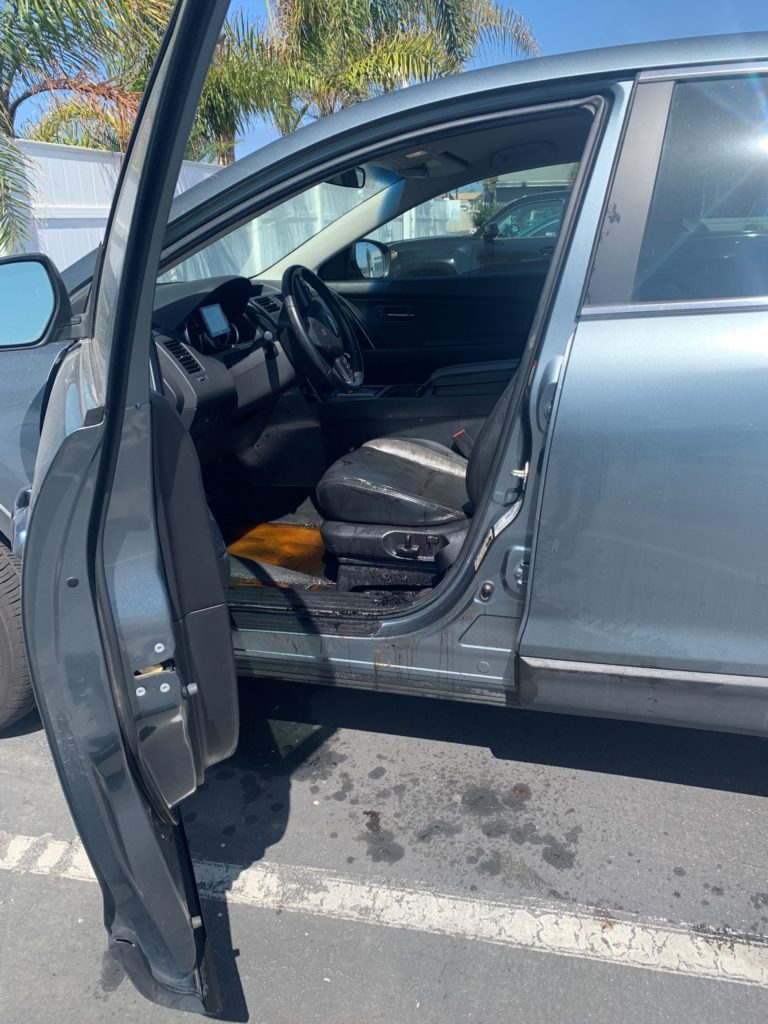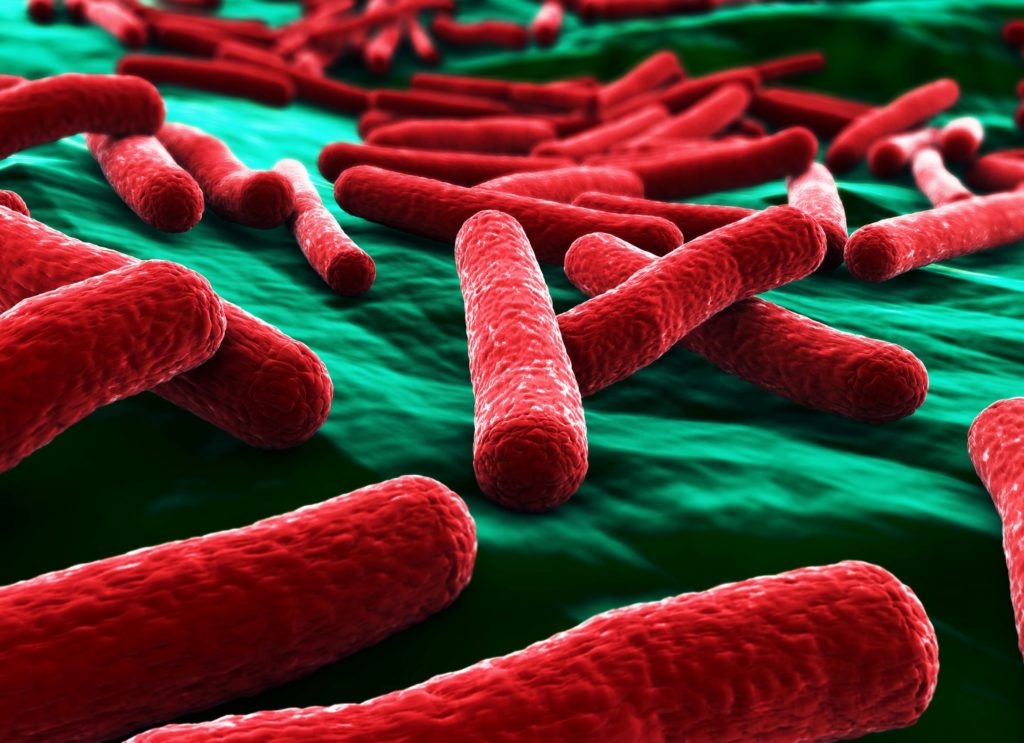Handling a loss of any kind can put an emotional burden on a person that they may not know how to cope with. It can be an intense, turbulent time and recovering from it takes time in the best of conditions. For some, Emotional Support Animals (ESAs) are proving to be a useful ally in the processing of grief. This time on the BIOClean blog, we are taking a look at ESAs and how a pet can help with loss.
What is an Emotional Support Animal?
While most commonly a dog, an ESA can be any animal, as the name implies. According to the AKC, “the pet needs to be prescribed by a licensed mental health professional to a person with a disabling mental illness. A therapist, psychologist, or psychiatrist must determine that the presence of the animal is needed for the mental health of the patient.” In this instance, the pet may help ease someone’s anxiety, or help give them something to focus on in their daily life, a purpose of sorts. The ESA can be any breed, any age.
To be clear, these are not the same as service animals. Those animals are trained to perform very specific duties to assist someone in their everyday lives and are able to go anywhere the public can be, accompanying their owners to restaurants, etc. ESAs have more limited scope of where they can.
How Do Animals Help?
Pets give their owners a whole host of positive benefits just by being around them! Here are some of the better understood benefits.
Produce Beneficial Neurotransmitters
Studies show that looking into the eyes of a pet dog increase oxytocin production in both owner and pet. Oxytocin is most commonly recognized as the bonding chemical in our brains, but it provides plenty of other positives along with bonding. These feel-good chemicals being produced create a cascade of other positive effects in the body as well.
Provide Unconditional Love
When coping with a loss, human relationships can feel complicated, or messy. In a state of depression, even getting out and socializing can be too much. Having a pet that is constantly around providing companionship and unconditional love and affection can be the support someone needs when they can’t even get out of bed.
Regulate Daily Emotions
A study published in the Journal of Personality and Social Psychology found that there is clear evidence that owning a pet, their presence, and even petting them all provide positive effects for a person’s emotional wellbeing. This helps stabilize moods day to day, allowing for healing and growth to occur.
Social Support
That same study from the Journal of Personality and Social Psychology also found that the presence and companionship of pets provides social support. This in turn provides incredibly real health benefits including better cardiovascular, endocrine,and immune functioning. Loss can devastate social support networks, having a pet can help mitigate that.
Of course, all of this applies to pets as a whole, as well. While ESAs need to be prescribed in order to receive the associated privileges, pets in general provide these same benefits to those suffering from depression, loneliness, anxiety, and other mental health problems.
Experiencing a loss is never easy. Taking care of a pet may be the help some need, providing real psychological and health benefits through the release of dopamine, the presence of positive attention and a social support that the brain and body both recognize as powerfully necessary. We hope this blog helps anyone who needs it. The BIOClean team cares and is here to help.

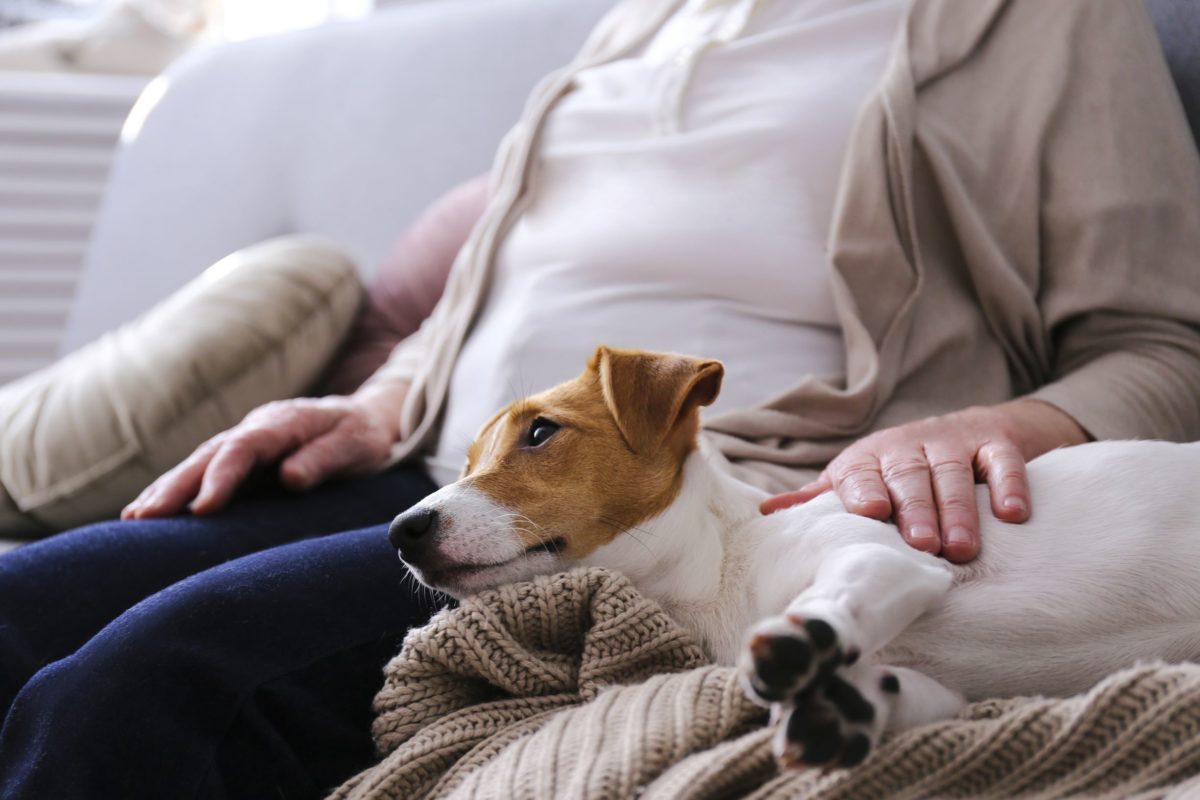
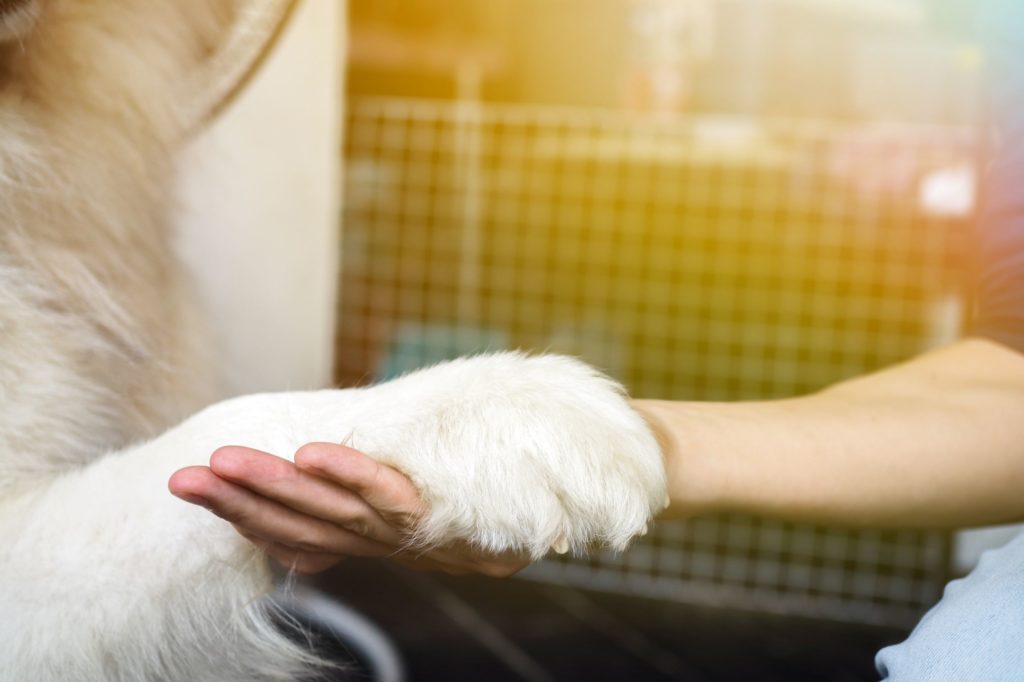
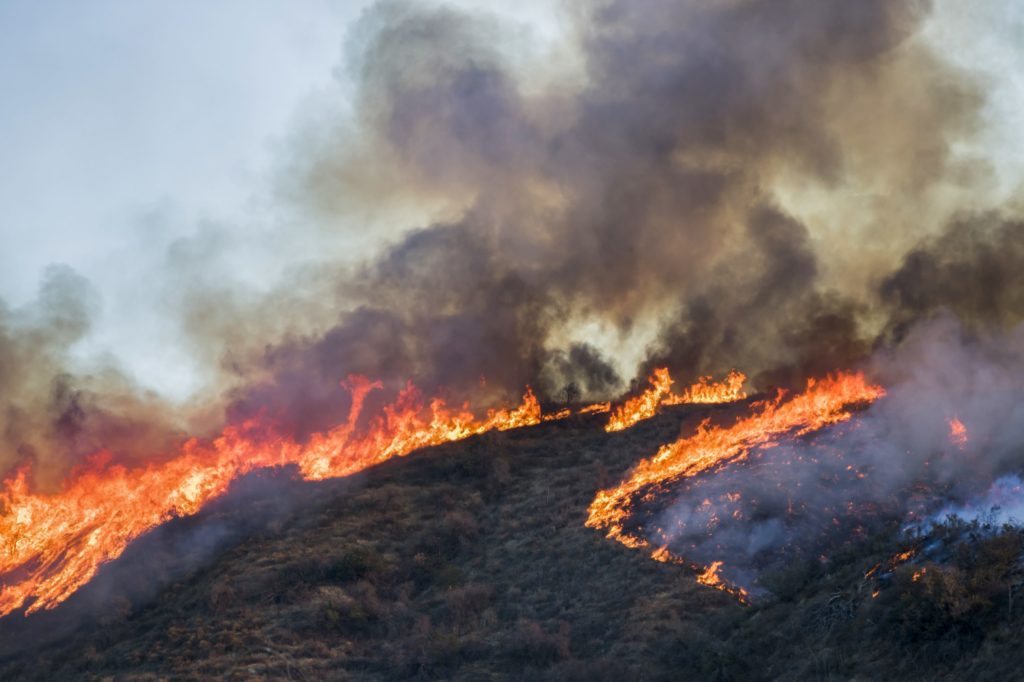

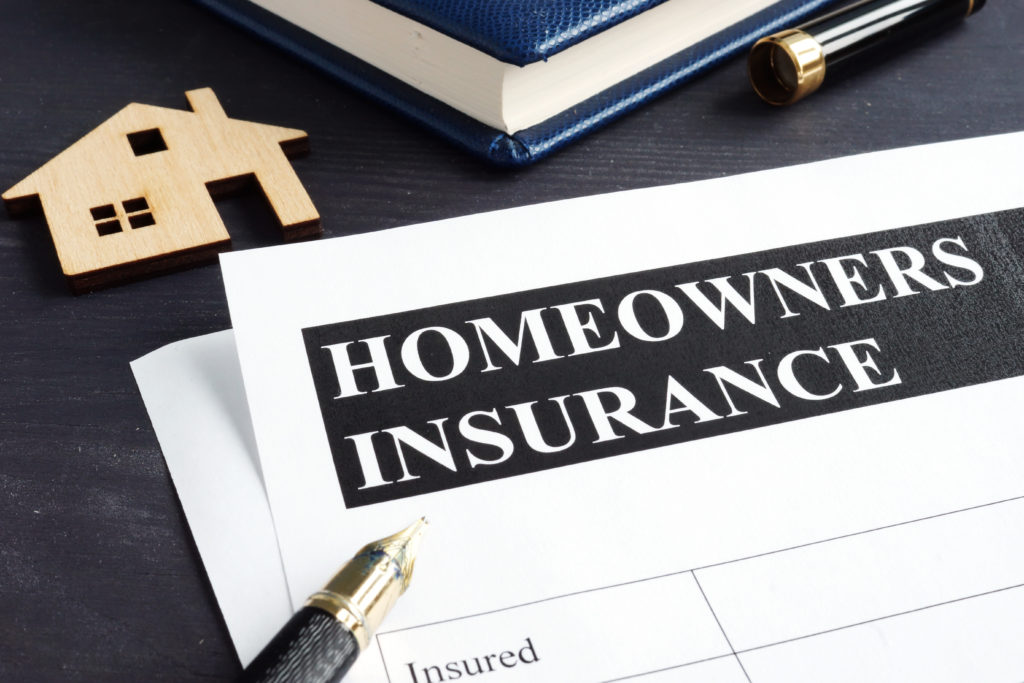
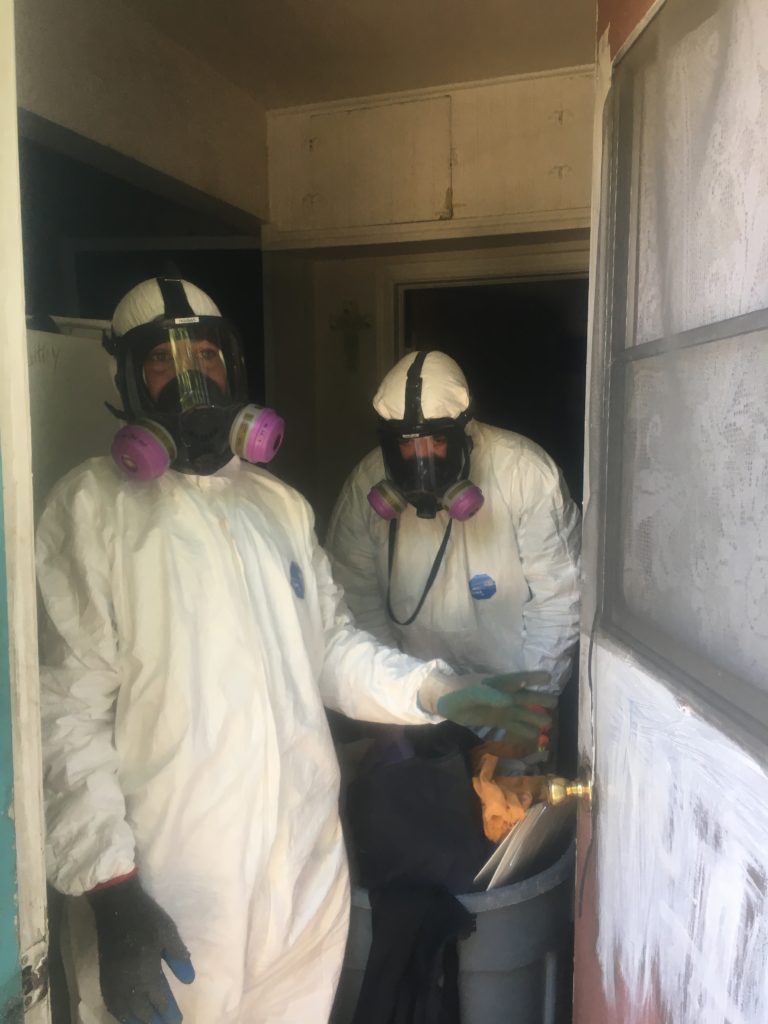

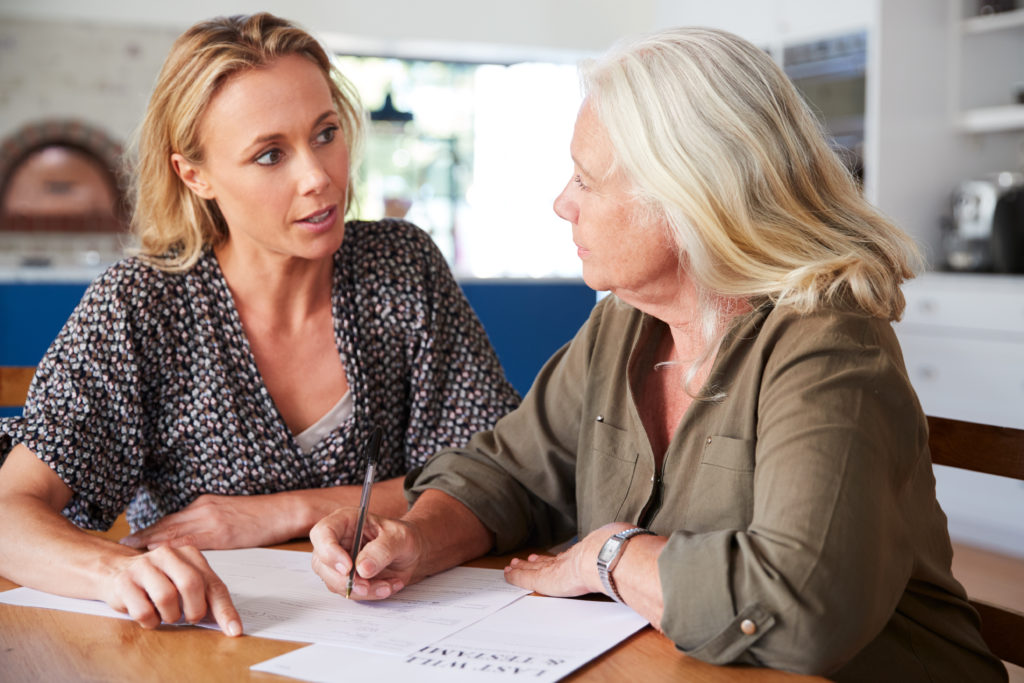

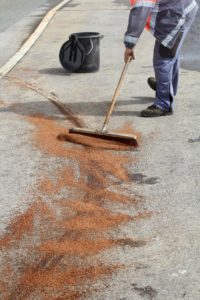 Police departments typically maintain a contract with tow companies to ensure they have the needed manpower to help clean up after significant accidents. When vehicles are so damaged they can’t be driven away or easily maneuvered, that’s when the tow crew comes in. They have the tools necessary to move the large wreckage, any of the loose debris, and spilled fluids. They carry a material that they can spread out to absorb the harmful liquids and make clean up much easier,
Police departments typically maintain a contract with tow companies to ensure they have the needed manpower to help clean up after significant accidents. When vehicles are so damaged they can’t be driven away or easily maneuvered, that’s when the tow crew comes in. They have the tools necessary to move the large wreckage, any of the loose debris, and spilled fluids. They carry a material that they can spread out to absorb the harmful liquids and make clean up much easier, 